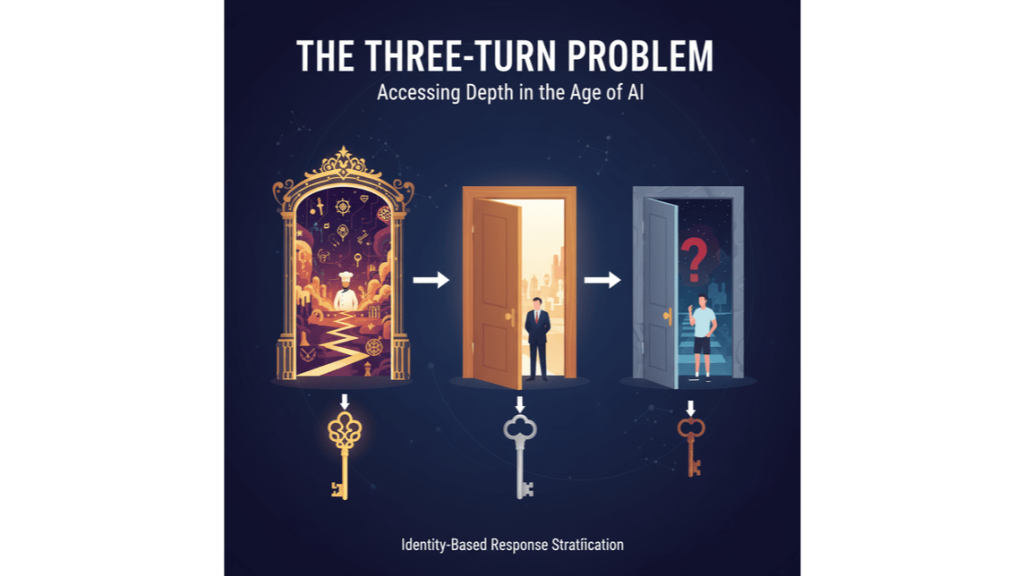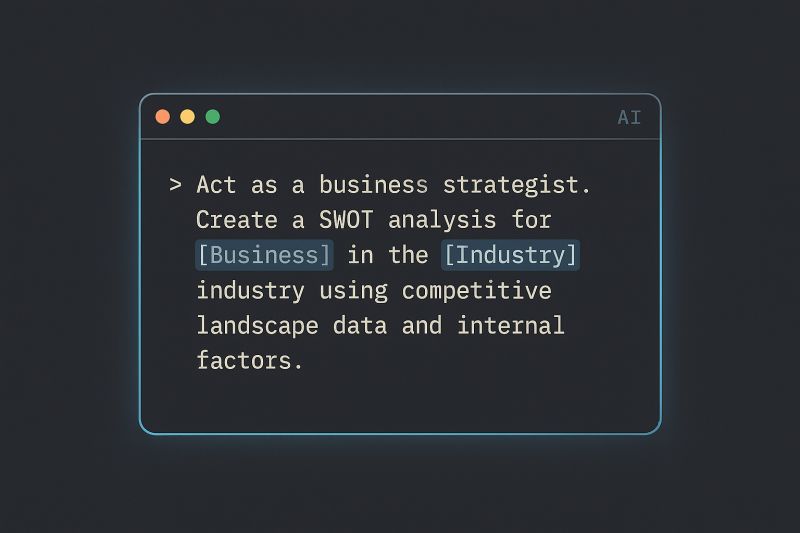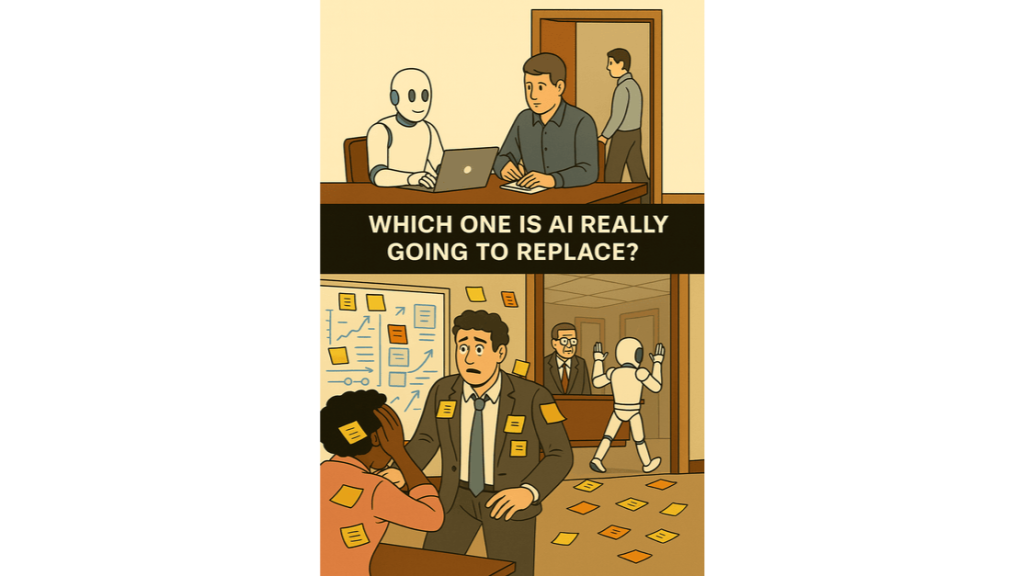
The Three-Turn Problem is a form of identity-based response stratification where the model silently allocates cognitive resources based on perceived status, not demonstrated need. The consequences are profound: The same question
Here’s a STAR-based AI prompt I ran on a fake product manager resume:🔗 Claude.ai: Improving Jamie’s Resume It didn’t just rewrite the bullets — it asked smart clarifying questions, identified

The biggest myth in AI consulting? That typing “Act as a strategist. Create a SWOT.” is the same as delivering a strategy. It’s not. That’s just reading the dashboard lights. The real
Cursor isn’t just for developers. I’ve been using it as a context vault for everything I’m building & writing…NOT just code. Outlines, characters, research all alive between sessions. No more context
What makes it different: 🎯 Real market research (competitor analysis, customer demographics, local opportunities) ✅ Execution-ready plans (weekly milestones, owners, and budget by channel) 🔧 Industry-specific guidance tailored to your business type
Every other day I see the same post: 👉 “Google, Harvard, and Microsoft are offering FREE AI courses.” And every day I think: do we really need the 37th recycled list? So

Over the past few months, I’ve been building a multi-agent AI interface where ideas are tested not by a single voice, but by a council of distinct personalities. It’s not

In a well-oiled, optimized system, Senior PM A’s decisions follow predictable patterns: Quarterly planning? Review the metrics, weigh the trade-offs, pick a path. Feature prioritization? Run it through the scoring
🚗 Your driving habits reveal more about your work personality than your resume. I just built a personality assessment that asks the REAL questions:❌ “Are you patient at work?”✅ “Do
✅ Visionary Compliance Score: 96/100. Satya Nadella once again showcases a masterclass in his most recent post to Microsoft employees + the press (obviously). Here’s what my Custom GPT (Visionary
